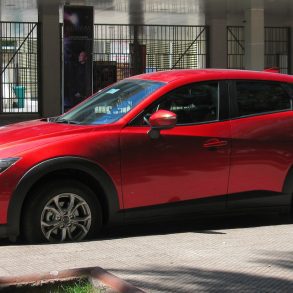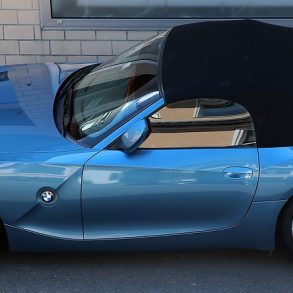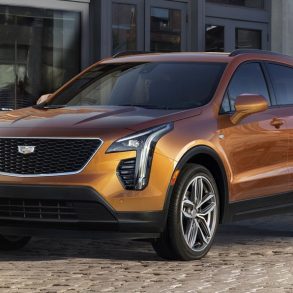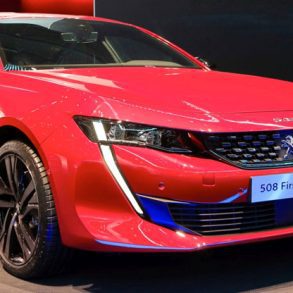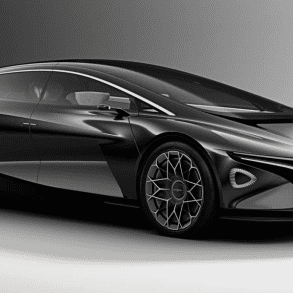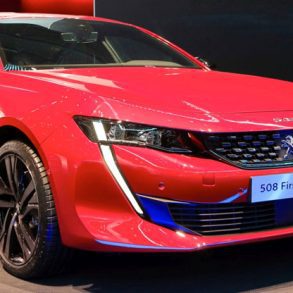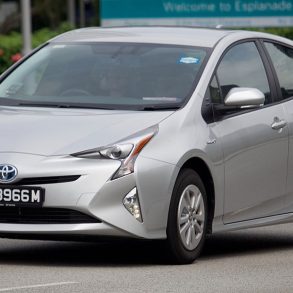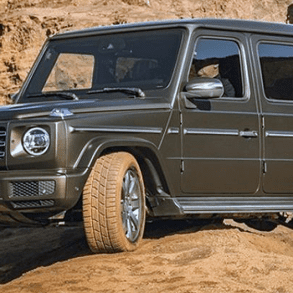The formerly enormous and lively Frankfurt auto show, its halls usually filled with huge display stands, is a mere shadow of its former self, as a great number of automakers and brands have taken a raincheck on the 2019 edition of Europe’s largest auto show. Sure, the Germans are there, and a handful of Chinese brands have made the trip to Germany, and we even saw notorious auto show avoider Ford returning, but the showfloor has shrunk considerably from previous years. There are many more automakers and brands to have skipped Frankfurt this year than there were coming back. The French brands, FCA, Toyota among others had various reasons to take a pass, as the traditional concept of Car Show is quickly being caught up by the changing times, and with individual car ownership on the decline, this trend seems unstoppable.
Having said that, there’s still plenty to drool over, or complain about, so let’s get straight to our personal opinion on the latest model launches.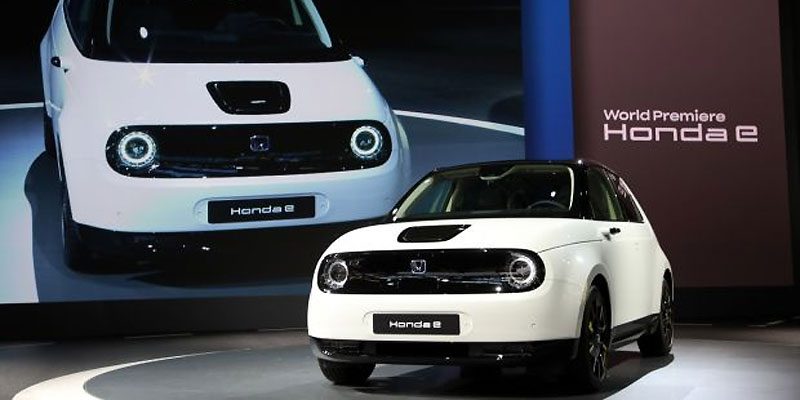
Honda e
Bart: Hot
Ok, so it’s smaller and has a shorter range at a similar price point than the VW ID.3 that was launched at the same show, but the Honda e makes up for a lot of that in sheer huggability. The retro-styled hatchback with its big, round headlights and its squatted stance just has that wannahave factor that we’ve come to miss from the clean lines of VW’s design. Honda also nails it in terms of technology, with no less than five screens in the dashboard, among which two that replace the side mirrors with more aerodynamic cameras, as in the much more expensive Audi e-Tron. Its range is more than enough for the average buyer, but will it also be enough to overcome range anxiety in times when range seems to be the prime competitive factor for EVs?
Kriss: Not
This is a tough one – on one hand the Honda e looks pretty good in production form, but on the other hand it is not nearly as good-looking as the concept from a few years ago. And while the modifications to the body added a second pair of doors, their apertures seem almost too small to be truly practical for anyone other than children. But really, where the case for the e falls apart is when you look at its range and price – 124 miles is puny for a modern EV (the new 208e and e-Corsa will have a range of 200+ miles), and the price of around €30,000 puts it squarely in competition with the much larger and longer-ranged VW ID.3. So, at the end of the day what the Honda has going for it is (relatively) good looks and a tech-overload interior… sorry, but just no.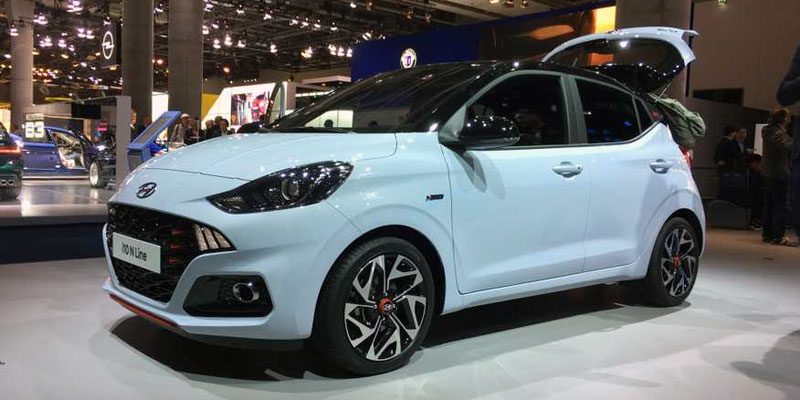
Hyundai i10
Kriss: Not
It takes something special for a minicar to truly stand out, and unfortunately the i10 does not seem to have much of that. You get the de rigueur contrasting-color room (a trick used by e.g. Toyota Aygo) and the most up-to-date iteration of Hyundai’s latest corporate grille (which is bound to age the model quickly), but all in all it seems more like an extensive facelift of the existing model than a truly new car. Add to that a mechanical makeup that mimics the outgoing car, and it’s really hard to find anything to get excited about here…
Bart: So-so
I’ve driven the current i10 a few times and while some may call it a ” mature” minicar, I call it boring or even depressing, as clearly zero effort has been done to make it look nice or to make its passengers smile, both in terms of design and driving dynamics. Compare it’s all-black dashboard to let’s say a Renault Twingo, with its colorful and frivolous interior and compare its lackluster engine to the rev-happy turbo three-cylinder engines. It was perfect as cheap and no-frills transportation in other continents but not what most European minicar buyers are looking for, considering the success of the Fiat 500, Twingo and Up! l It seems like the Koreans have come to understand this better now, as the new i10 looks a bit more aggressive from the outside and a bit less monotonous from the inside. It will still offer normally aspirated (non-turbo) engines, and considering I’m sceptical of the reliability and real-world fuel economy of downsized turbo engines, I do think the minicar segment is one of the few segments where downsizing actually can work, as the small engines won’t have to work too hard to get a small and light car moving.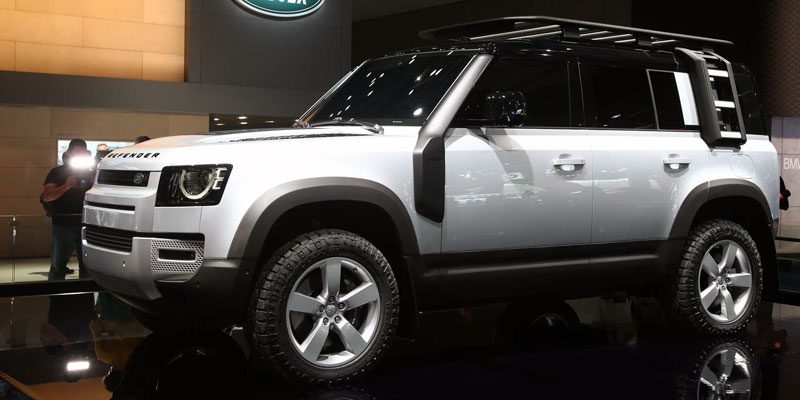
Land Rover Defender
Bart: Hot
What’s not to like about having a new Defender, especially considering they’ve done this right. Its off-road capability will be unquestionable, its on-road presence is undeniable and it will be priced closer to a well-equipped Jeep Wrangler than to the Mercedes-Benz G-Class, two other 4×4 mainstays that have recently been successfully redesigned. In contrast to those two, which have both stayed very close to their original, the retro design of the new Defender just incorporates styling cues from the original while maintaining/creating its own personality, and I think that will make it stay fresh for longer and perhaps even create a new “original” on which future generations can build from. I’m also glad Land Rover has shown it hasn’t completely lost its touch designwise, as the new Discovery has been a sales flop due to its unsuccessful redesign. All we need now is a convertible version of this.
Kriss: Hot
The new Defender is quickly becoming a bit of a marmite car – some love it, some hate it. I fall squarely in the former camp, with a few reservations. On the plus side, the new Defender looks pretty amazing, and every bit like what you would expect it to look like if it had evolved the way the 911 did over the years. Plus you have to, at least in part, applaud the ballsiness of moving the model to a monocoque construction, when competitors like the Wrangler and G-Class stay true, for better or worse, to body-on-frame. The interior, too, seems to blend traditional qualities and modern tech in just the right way, avoiding the chintzy look of the two aforementioned models. On the flip-side, some of the details let the exterior down a bit (the soft headlamps, the Skoda Yeti-esque profile, the bizarre body-colored panel in the rear side window), and ultimately the model is probably a bit closer to a follow-up to the Discovery Mk III/IV than Land Rover intended. Still, it has the “I want one” factor in spades!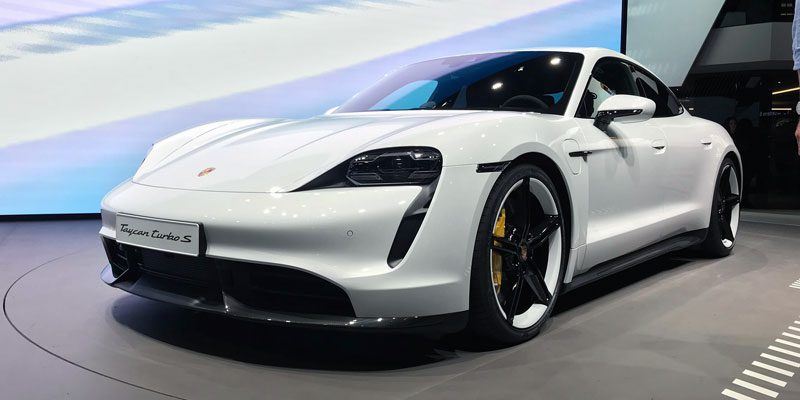
Porsche Taycan
Kriss: Hot
I was a bit torn on whether to give the Taycan a “Hot” or a “So-so”, but ultimately came out on the “Hot” side of things due to two factors. First, the car still looks awesome, despite some truly bizarre detailing around the front headlights, and the inevitable rationalization relative to the stunning Mission E concept. Second, the specifications, while not immediately Tesla-beating, are really rather great, both when it comes to the speed and the range. Now, Bart will go on to argue that it’s disappointing that the Taycan can’t beat the Model S for acceleration is disappointing, I never felt like Porsches should be about the ultimate speed- they’re more about a balance between speed, handling, and real-day practicality. In all these respects, the Taycan delivers for me.
Bart: So-so
Now bear with me for a bit here. I absolutely love the styling of the Taycan, it looks fast and impresses even when standing still. It’s recognizably a Porsche, but it’s also easy to see it’s not just another Porsche as we’ve seen before. So styling-wise I’d give it a Hot, and from a technological standpoint I would buy Porsche’s explanation that it has overdesigned its EV for long-term durability instead of instant performance and range, but it’s just undeniable that even seven years after the Tesla Model S is launched, others still seem unable to offer the same specifications at a similar price point. And don’t even get me started about calling an electric car “Turbo”, the blasphemy, the idiocracy and the utter ridicule of this alone gives me an instant rash.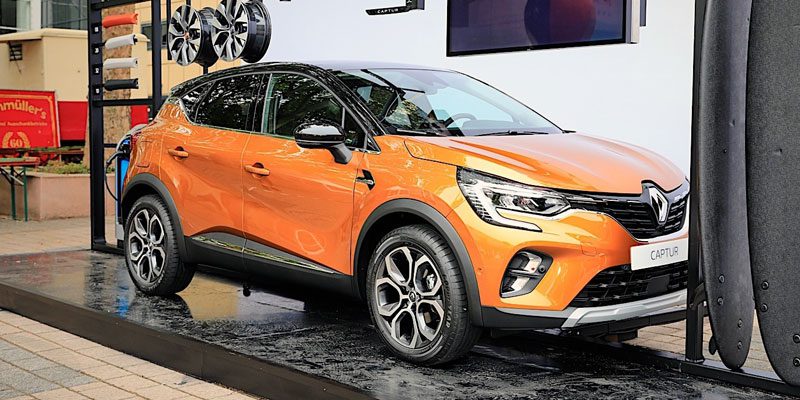
Renault Captur
Bart: so-so
As with the Clio, Renault has taken a chapter from VW’s playbook in keeping its redesigned models close to the outgoing version while still managing to make it look fresh. Why reinvent the wheel every couple of years, when you have finally found a design language that obviously works? Both the Clio and Captur have risen to (or stayed at) the top of their segments and the brand intends to keep them there. For me, they’ve hit the sweet spot between too little and too much change. Still, it’s a bit disappointing there’s not going to be an electric version, and that the upcoming PHEV (Renault’s first!) has a range of just 45km on its batteries. If only they had put all the effort saved at the design department into the technology….
Kriss: Hot
While I agree with Bart that on the technology front the Captur leaves some be desired, but if we were to judge every ICE-powered car on this metric from now on we’d never really be able to appreciate it for what they are. And to me the Captur is by a long shot the most desirable small crossover on the market – much like with the latest Clio, Renault took a successful design and massaged it to the point that it’d be hard to improve on it – the Captur is distinctive, sporty and elegant, and looks like a model from a class above at least. You really have to feel bad for the sad new VW T-Cross…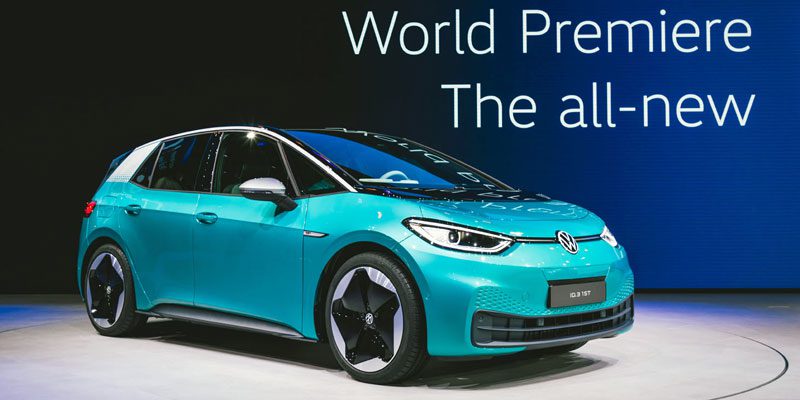
Volkswagen ID.3
Kriss: Hot
What is there to be said that has not been said yet – the ID.3 is the beginning of a new chapter for VW and for EVs overall, and if I were Nissan’s EV department responsible for the Leaf I would start updating my resume. Hell, in its clarity of purpose and design the ID.3 puts most other EVs on the market to shame, including VAG’s own half-serious Audi e-Tron effort. With the new ID.4 crossover just around the corner, and a slew of related models coming from both VW and VAG’s other brands, you can’t help but think that we’ll look at this model as the Model T of the electric car era – the time where EVs went truly mass-production and mainstream.
Bart: Hot
Volkswagen claims the ID.3 can be just as important to the brand and company as the Beetle and Golf once were, and I think they’re not even exaggerating. Building a dedicated EV platform has many advantages over electrifying an existing platform, and by foregoing a flexible platform strategy, VW Group has gone all in on its EV platform. If electromobility is going to take off the way most people expect it to do, then the company is in the driver’s seat. If adoption slows down (as some critics/cynics are claiming), then others like PSA may have taken a smarter approach. Nonetheless, the ID.3 is bound to be a hit in terms of sales. It has inoffensive styling (VW’s speciality), offers Passat-like interior room in a Golf-sized car, and offers impressive range at an affordable price point. The electric car for the people brings back the meaning of the name Volkswagen.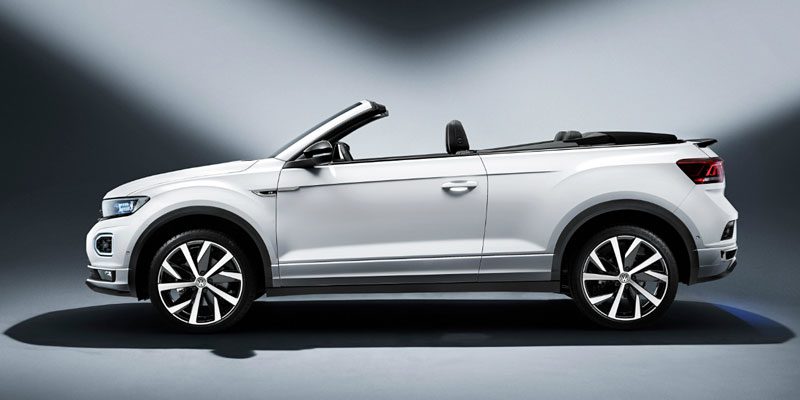
Volkswagen T-Roc Cabriolet
Bart: Not
Boulevard-cruiser SUV convertibles, will the world ever be ready for them? T-Roc, the Nissan Murano and Range Rover Evoque would like to have a word with you. The only way the combination of SUV and convertible works is in a real offroader, like the Land Rover Defender, Jeep Wrangler, Suzuki Jimny and further back the International Scout and Ford Bronco. I’m not wasting another word on this.
Kriss: So-so
I see where Bart is coming from – by all rights, a crossover convertible should make no sense… and yet to me it does in a twisted kind of way. Why, you may ask? If you think convertibles are as much about seeing the sky as they are about being seen, then a cabriolet based on a trendy type of car, whatever the “trendy” may be, seems like a logical (!) conclusion. Plus, to my eyes the T-Roc’s good looks translate better to a convertible version than the higher-sided Evoque or Murano. And at the end of the day, you just have to prefer this to the sad cabriolet versions of mainstream models (Golf, Astra, 206, Megane) that manufacturers used to offer not so long ago.

